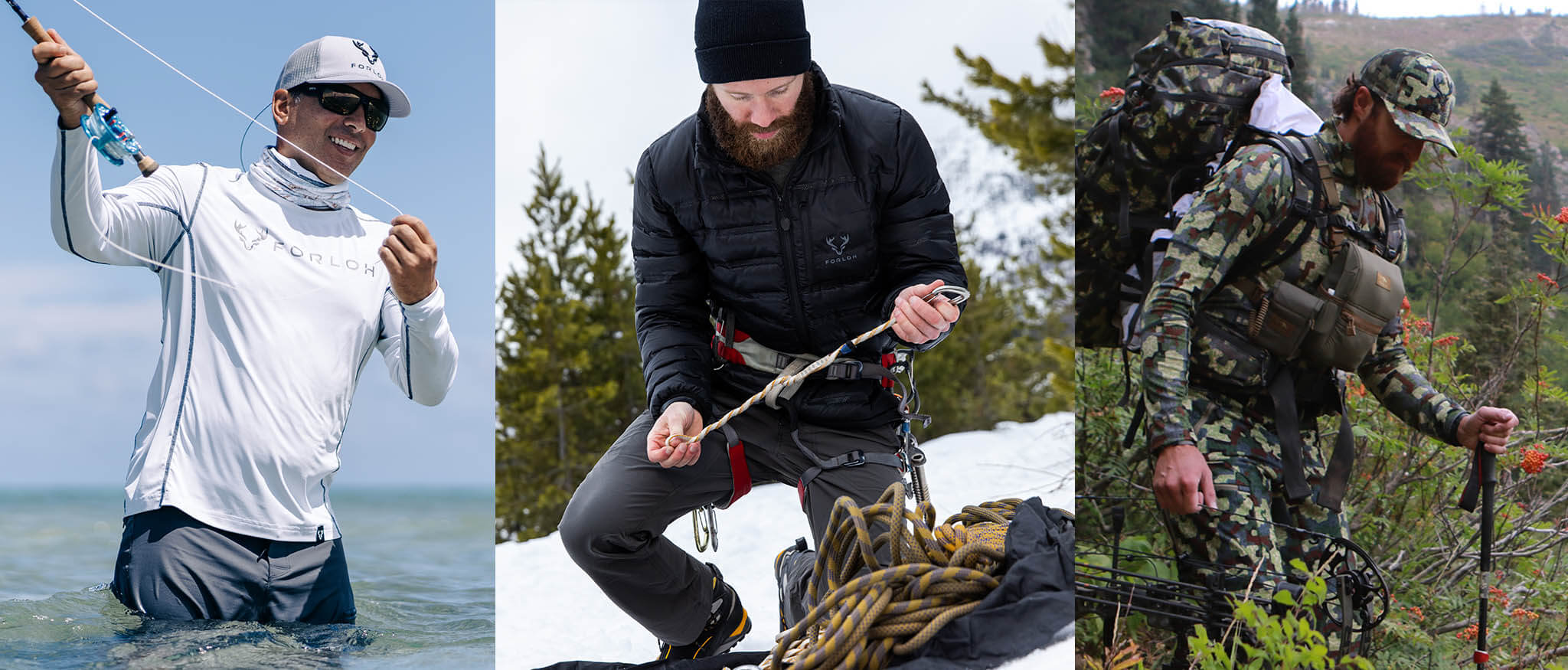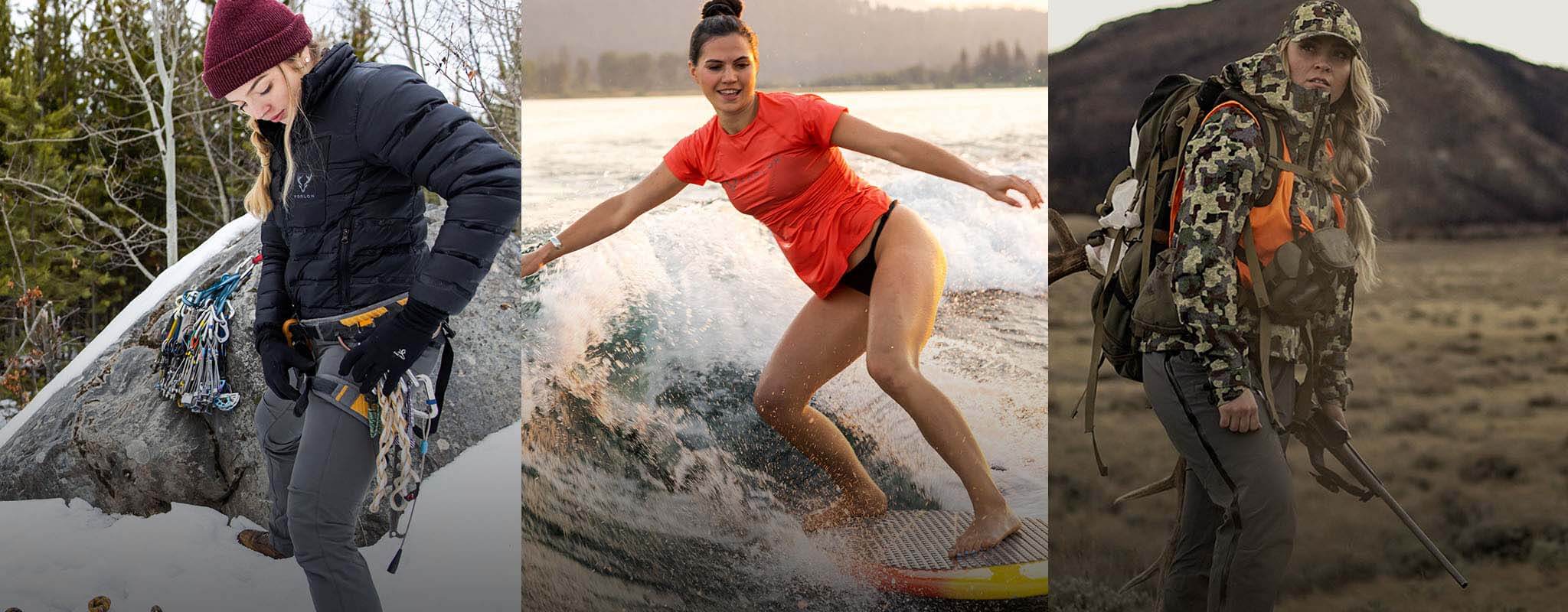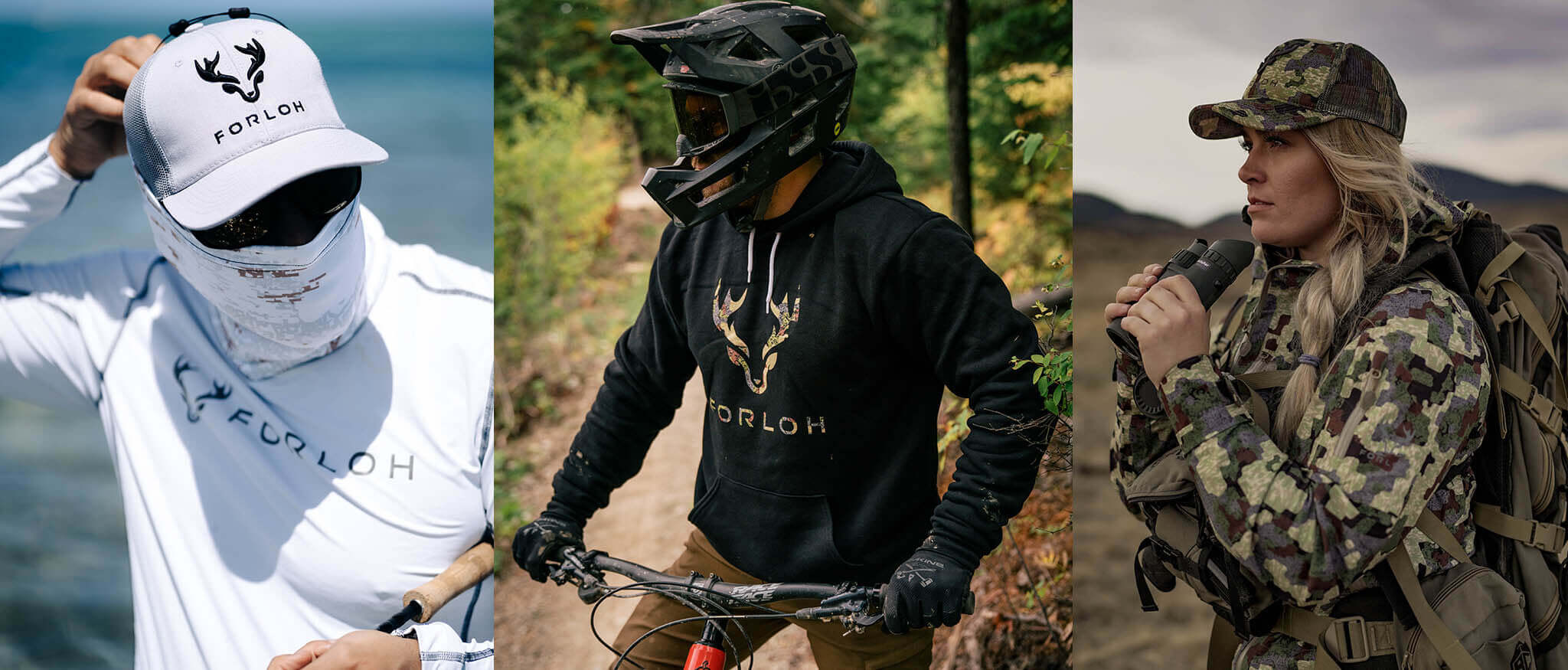-By Everett Headley
Hunting is conservation. This rallying cry promoted by the Rocky Mountain Elk Foundation summarizes the impact hunter dollars and resources contribute to protecting and preserving wildlife. But as an idea, it equally applies to the conservation of land. Landscapes that are healthy and contiguous are necessary and primary for wild animals. While lesser known in the outdoor community, it is not any less in its application. Access issues seem to be the most divisive in the landowner-sportsmen relationship, but there are many other ways the cooperation strengthens it.
"For nearly forty years, the RMEF has helped to conserve 8 million acres of land..."
Conservation Easements Protect the Land
These are legal agreements that permanently protect parcels and restrict the use or development of the land in favor of maintaining open and undisturbed habitat for wildlife. Sometimes a landowner will generously donate the land to be placed in an easement or a price can be negotiated. For nearly forty years, the Rocky Mountain Elk Foundation has helped to conserve 8 million acres of land by engaging hunters and leveraging their donations.
Often these agreements include increased access to land. Restoration projects can rejuvenate areas degraded by decades of use. Beaver ponds once destroyed to increase arable land are replaced and wetlands that follow produce lush habitat for deer and elk to feed. In some cases structures can be removed, reverting the landscape to an uninhabited look. These projects are funded with donations from hunters who often volunteer to help complete them. Access is not always part of the agreement, but sportsmen (and everyone, as holders of the public trust) reap other rewards with increased wildlife populations and healthier herds.
 Pictured: Women's AllClima 3L Rain Jacket and Women's AllClima 3L Rain Pant
Pictured: Women's AllClima 3L Rain Jacket and Women's AllClima 3L Rain Pant
Stewards of the Land Benefit Wildlife
There are two things you never ask a rancher, “How many acres do you have?” and “How many cows do you have?” The first is like asking what they are worth and the other how much is their paycheck. What you can ask them is how the land is faring and if the cows are healthy. Both of those questions will demonstrate the challenges and success they have experienced as stewards of the land. It is in the best interest of the landowner to manage the land to be productive. The maintenance performed benefits the wildlife present as well as the domestic stock as they commingle in fields.
The Conservation Reserve Program, known as the CRP, began in the 1980s as a response to soil erosion. Farmers could voluntarily enroll portions of their farmlands and either leave areas undisturbed or plant crops and cover. These areas have helped to give upland birds undisturbed habitat which in turn means higher recruitment rates in spring chicks. Studies in South Dakota, show that CRP lands have increased pheasant numbers by 61% since their inception, a dramatic increase in the Holy Land of the bird. While the benefit to landowners is largely financial, there is also a pride in seeing the land be productive in this way. The increase in pheasants draws in hunters, who stimulate local economies in rural areas with early morning coffees at gas stations and late afternoon dinners at restaurants.
"Better data means better management."
Hunting Manages Wildlife Populations
State fish and game management agencies are tasked with managing and monitoring wildlife on public and private lands. This can be overwhelming and hunters play an important role in helping the agency. Biologists are limited in balancing their days afield with producing and analyzing the data they collect. Hunters act as extra observers and experience surveys capitalize on this citizen-science. Trends that might take a biologist years to establish might otherwise be seen by many sportsmen over the course of a season. Localized outbreaks of disease can more easily be seen by hunters who are spread over a hunting district than a single biologist. The response to adjust hunting regulations can be more immediate and stave off herd crashes. Better data means better management.
 Pictured: AllClima Stretch Woven Pants and ThermoNeutral Down Jacket
Pictured: AllClima Stretch Woven Pants and ThermoNeutral Down Jacket
Animal populations can become overabundant due to the human impacts on the landscape. Snow Geese in the Central Flyway have benefited from the increased grain production in the plains state. This has resulted in greatly increased snow goose populations that have been thought to be at risk of damaging northern habitats on the tundra. The spring Light Goose Conservation Order was enacted in 1999 as a tool to better manage these birds. Hunters are allowed liberal harvests and regulations as the geese migrate north. The success of the order continues to be evaluated and hunters continue to enjoy extended waterfowling.
"Sportsmen and landowners collaborating is the best way that both ensure their continued success."
Deer and elk populations have grown exponentially in the past 100 years and are now creating human safety issues in urban areas. These animals that live in cities have largely lost their fear of humans as they feed on landscaped bushes. Collisions with deer are growing in their frequency. During the breeding season they can become aggressive. Local governments have turned to archery hunters to help harvest animals and reduce the population. Short range and nearly silent, bow hunters can be very effective in places that rifles would otherwise create logistical problems. Sportsmen are the best tool for state agencies for managing wildlife. Their license purchases generate additional revenue and prevent the need to hire private eradication companies.

Pictured: Puff Embroidered Camo Mesh Cap and Men's AllClima Rain Jacket
Access is a Two-Way Street
Sportsmen and landowners collaborating is the best way that both ensure their continued success. The Jeffersonian Land Grid mapped out the country into blocks for ownership. What has resulted is a checkerboard across the country that can leave one locked-in or locked-out, depending on the perspective. Access agreements can vary based on the situation and can either grant access to public or private land. Corner-crossing continues to be a contentious subject out West, with its legality being hotly debated.
Ranches sprawl across hills might seem uninhabited except for the livestock present, but the entire place is the landowners home, not just the ranch house. This means that when hunting private land that access has been granted, it is treated with respect. Leaving ruts on muddy roads requires time in a tractor grading and a gate left open is an extra day’s work rounding up cows. Both are good ways to get cussed out by a rancher and lose an invitation to return.
About the Author: Everett Headley is an outdoor writer and educator. He was raised hunting and fishing in Montana. He lives in the Bitterroot with his Chesapeake Bay retriever, Cane, and his peregrine falcon, Freyja. You can find more of his work at www.406.life and on Instagram @everettheadley .







